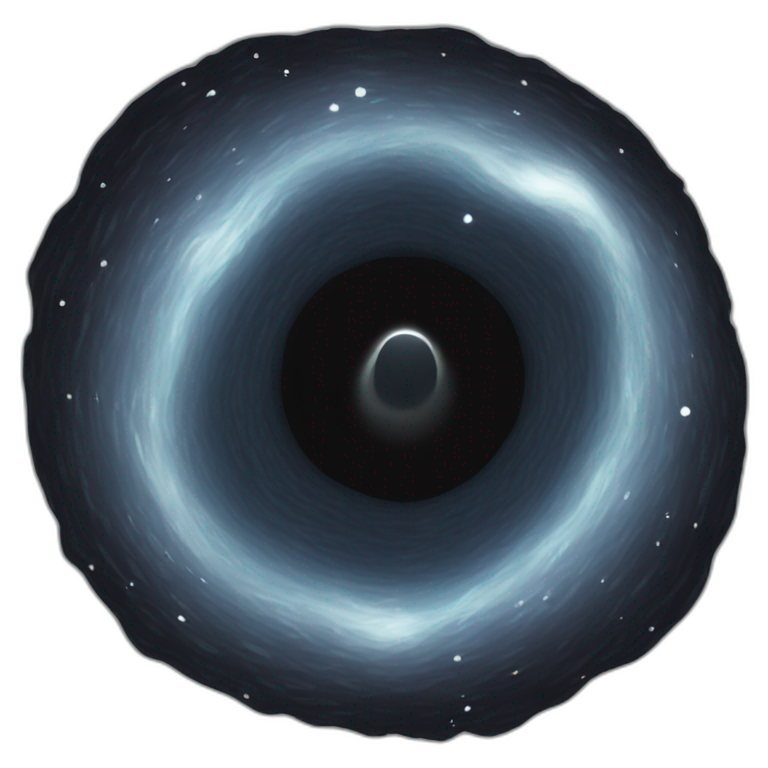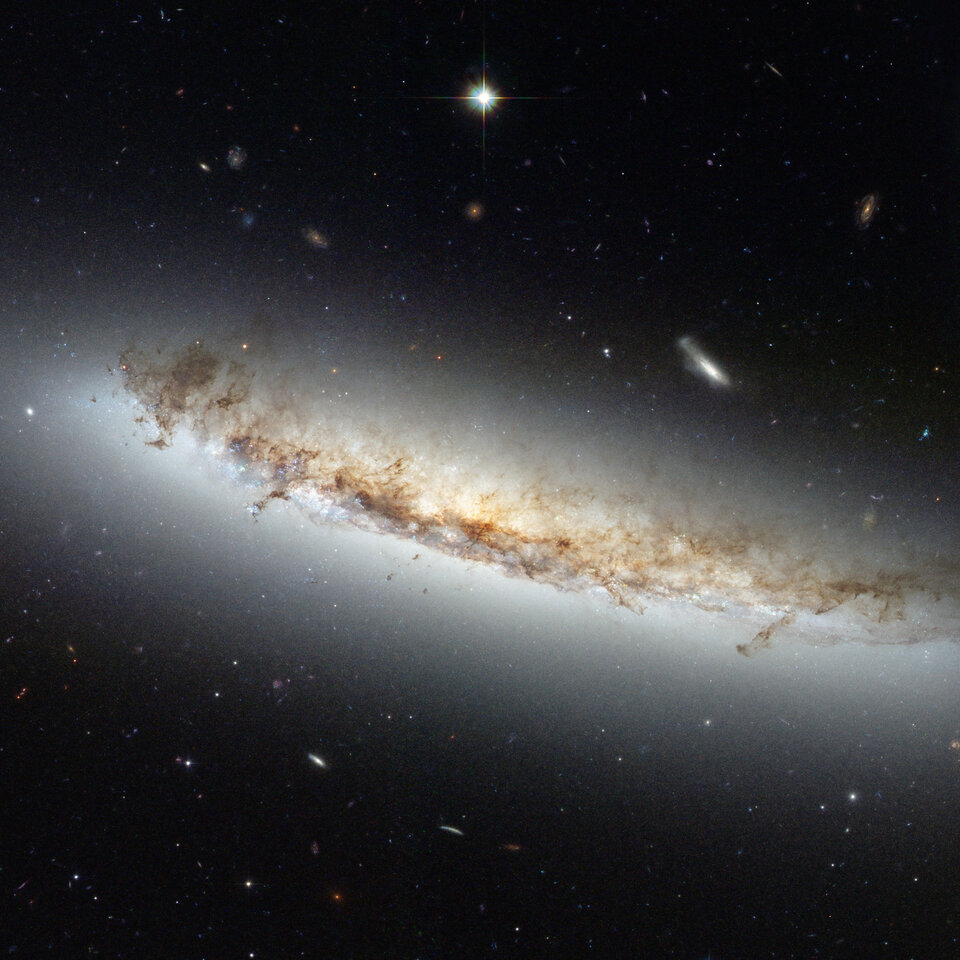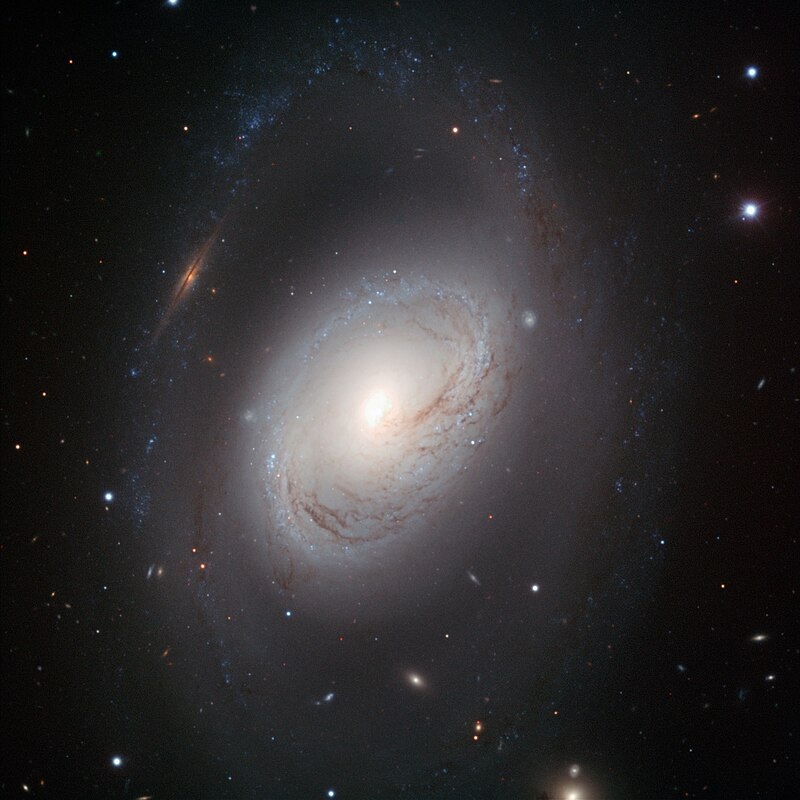Chris Peterson wrote: ↑Mon Jul 01, 2024 6:24 pm
CuriousChimp wrote: ↑Mon Jul 01, 2024 6:16 pm
There are fairly good theoretical engineering designs for space-craft, mainly City-farms with sustainable populations of inhabitants - "generation ships" - that could travle at speeds ranging up to one tenth of the speed of light.
At that incredible speed, this galaxy is "
only" a mere five hundred million years away.
Had we started well before the dinosaurs walked the planet, we could be arriving about now.
Of course, there are also valid reasons for thinking that friction with the interstellar gas and dust would restrict speeds in real space to less than one hundredth of the speed of light no matter how good our engineering is.
If that is so, then this galaxy is five
thousand million years away and to arrive now we would have had to start our journey before the Sun was born.
Of course, assuming technology to shield the ship from collisions with interstellar matter, the time it takes to get there (in theory) can be arbitrarily short (subject, as well, to the G-force limitations on whatever is inside the ship). Arbitrarily short from the reference frame of the ship, that is. Hope the crew doesn't plan on seeing any family or friends when they get back, though. Or maybe not even any humans!
True enough, given SF-levels of engineering.
With 0.01 to 0.1 C being the fastest a realistic vessel can move in the real univese, given the limits of real engineering, relativistic tiime compression inside the vessel isn't much of a factor.
And you're entirely correct about the travellers not having great hopes of sending a postcard back to Cousin Suzy. After 10,000,000,000 years, assuming the mail ship isn't much faster than the habitat, Cousin Suzy would have evolved a little. Even with a laser communications system built withing a few millennia after they arrive, the stay-at-homes would be unlikely to be even remotely human.
As, indeed, would the travellers.
It would also be unlikely for the newly arrived travellers to care about Earth. We don't even know much about our ancestors a few millennia ago. Over millions of years the fog of loss would obscure almost everything once known and remembered.
The guys in the new galaxy wouldn't be "us".
 Hubble's NGC 1546
Hubble's NGC 1546











